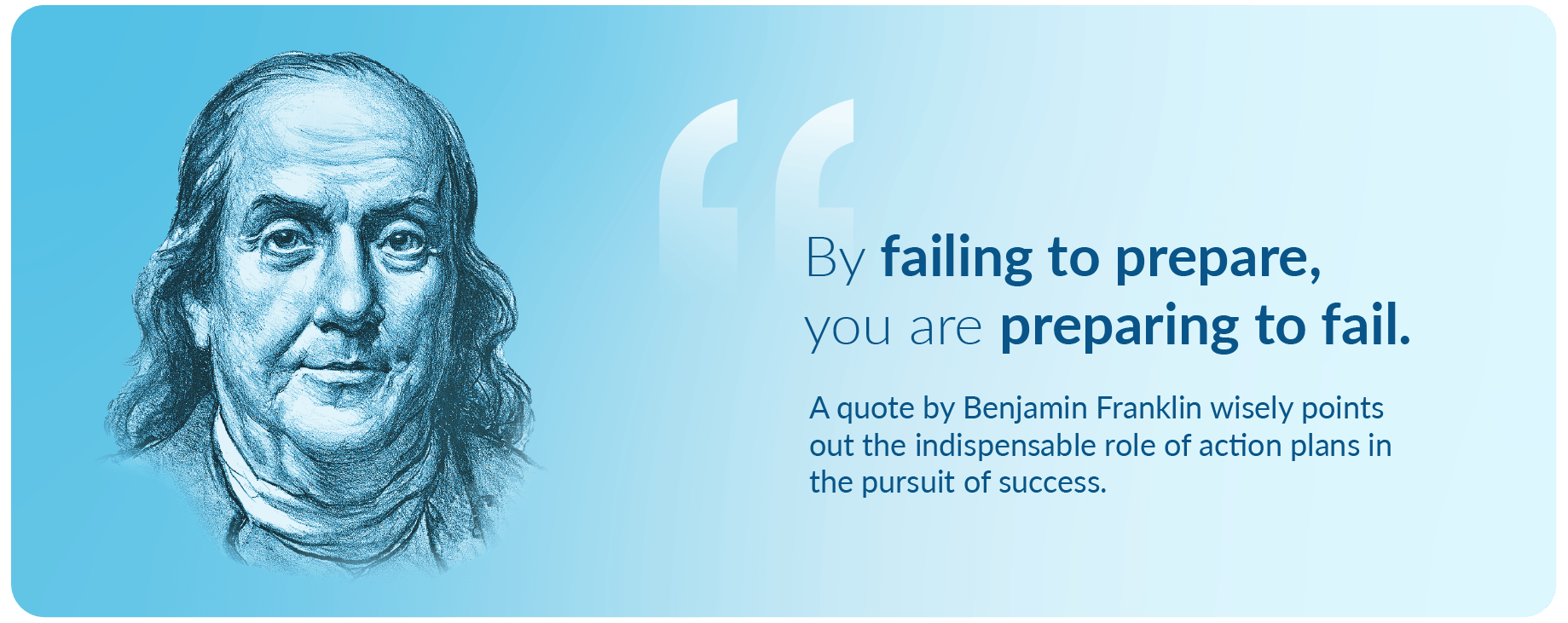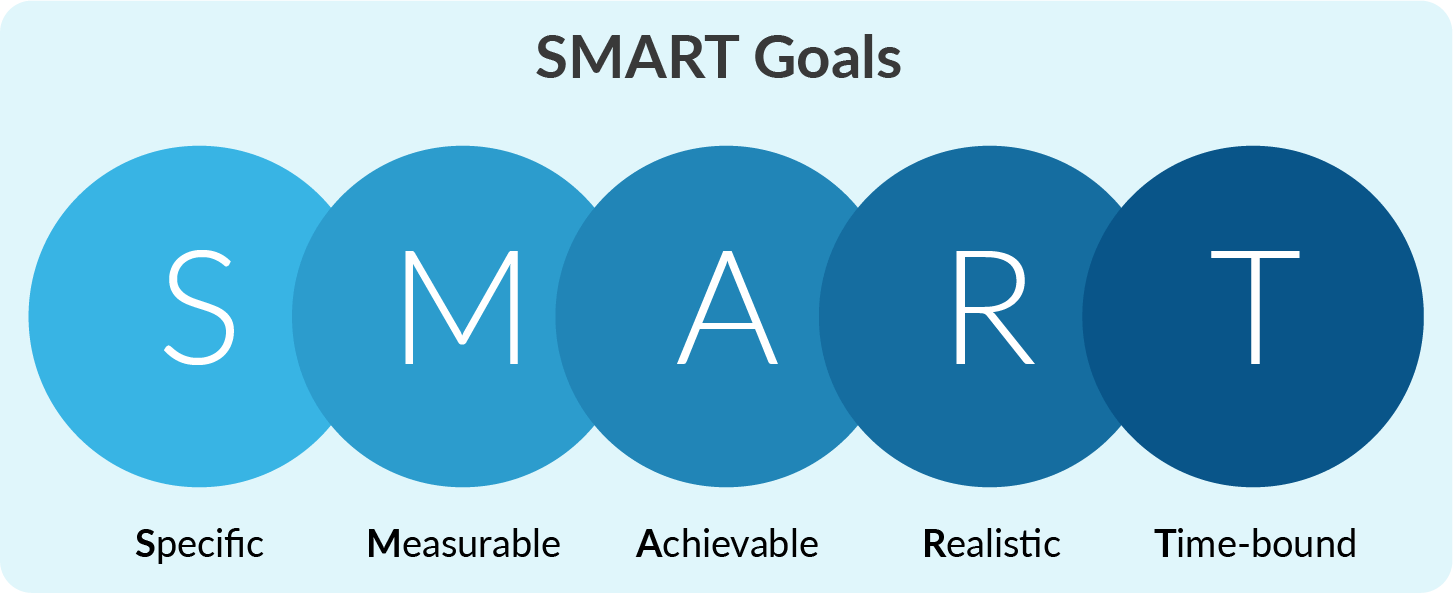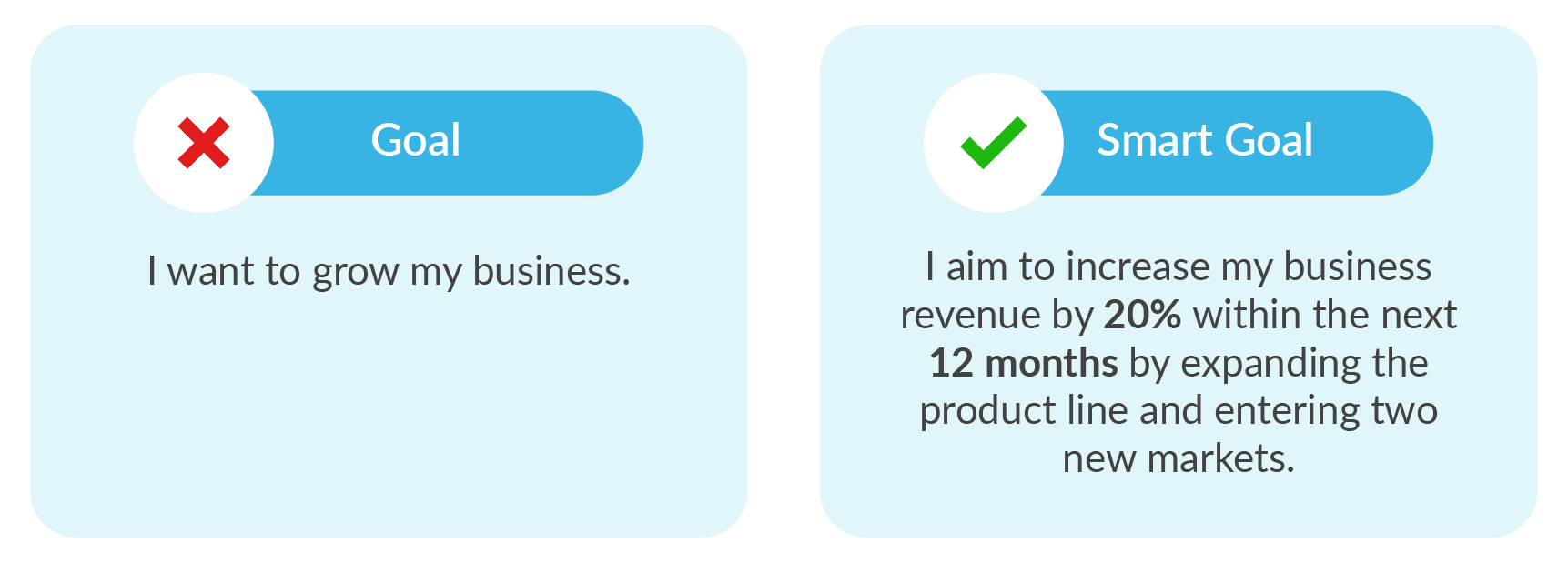How to present an action plan? Create an action plan with smart templates

Creating and presenting an action plan is similar to drawing a map for a treasure hunt. It outlines the path, marks the milestones, and guides the team towards achieving a specific goal. Whether you're project manager steering a business project, or a marketing executive launching a marketing campaign, or setting personal development goals, a well-crafted action plan is your blueprint to success. Let's embark on a journey to explore the intricacies of action plans, armed with practical templates, examples, and best practices to ensure your next plan is not just good, but great.
What is an action plan? It's your blueprint to success!
An action plan, or a plan of action, is a meticulously crafted roadmap that outlines the steps necessary to achieve a specific goal, serving as the strategic "how" to your aspirational "what." Imagine planning a cross-country road trip; your action plan would detail your route, stops, packing essentials, and activities, transforming a daunting journey into a series of manageable steps. This concept extends beyond personal endeavors to professional and personal development contexts, where it breaks down overarching goals into actionable tasks, assigns responsibilities, and sets deadlines. It's about turning visions into actionable steps, ensuring that every task is a building block towards achieving your ultimate goal.
The strength of an action plan lies in its adaptability and precision. Antoine de Saint-Exupéry's words, "A goal without a plan is just a wish," encapsulate the essence of action planning. Whether it's a business aiming to expand its market share, an individual pursuing personal growth, or a team working on a project, write an action plan that lays out a clear path to success.
Benefits of creating an action plan
The creation of an action plan is more than a procedural step; it's a strategic maneuver that transforms nebulous ideas into tangible outcomes. By breaking down grand project goals into action items it ensures that resources are allocated efficiently, maximizing impact while minimizing waste. This clarity and direction not only keep teams aligned and focused but also foster a proactive approach to potential challenges, allowing for the early identification of bottlenecks and the development of contingency plans.

Moreover, you can use an action plan as a vital tool for tracking progress and measuring achievements, offering a clear framework for evaluating the effectiveness of strategies and efforts. In essence, having an action plan template means possessing a blueprint for success, guiding teams through the complexities of execution with precision and adaptability, and transforming the journey from vision to reality into a structured and manageable process.
Different types of action plans
Whether it's scaling a business, launching a marketing blitz, rectifying operational snags, boosting sales, managing a project, or personal growth, each objective demands a tailored action plan. These plans are not just about reaching destinations but about navigating the journey efficiently and effectively. Here are the specifics of different types of action plans:
Business action plan
A Business Action Plan is the master blueprint for steering a company towards its growth targets. It meticulously maps out strategic objectives, key performance indicators (KPIs), and a thorough competitive analysis to ensure a comprehensive approach to expansion.
For example, aiming to expand market reach by 20% in the next quarter involves identifying new market segments, enhancing product offerings, and optimizing distribution channels. This plan not only sets the direction but also benchmarks for measuring progress, ensuring every step taken is a step closer to growth.
Marketing action plan
This plan is the creative engine driving brand visibility and engagement. A Marketing Action Plan is crafted with precision, targeting specific demographics with tailored messages to boost brand presence.
Launching a social media campaign to increase follower count by 30%, for example, entails a series of strategic posts, engaging content, influencer collaborations, and targeted ads. Each element of the plan is designed to resonate with the audience, fostering a connection that translates into tangible engagement metrics.
Corrective action plan
When things don't go as planned, a Corrective Action Plan is your roadmap to resolution. It's a systematic planning process for identifying, addressing, and rectifying issues or failures.
For example, implementing a new quality control process to reduce product defects by 50% might include steps like analyzing defect causes, training staff on new protocols, and integrating more robust quality checks. This plan is crucial for turning setbacks into opportunities for improvement, ensuring the same mistakes are not repeated.
Sales action plan
In the competitive arena of sales, a Sales Action Plan is your strategy for victory. It outlines specific tactics to boost sales volume and revenue, such as introducing a new sales incentive program to motivate the team.
This strategic plan might detail the criteria for incentives, set sales targets, and outline support mechanisms to help the team achieve these goals. It's about creating a motivating environment that drives performance and results.
Project action plan
The success of any project hinges on meticulous planning. A Project Plan outlines project management by breaking it down into manageable steps, assigning resources, and setting a realistic timeline.
Deploying a new software system within six months, for example, requires a detailed schedule of development phases, testing, user training, and go-live preparations. This plan ensures that every aspect of the project is aligned and on track for timely completion.
Personal development action plan
Personal growth is a journey of continuous improvement. A Personal Development Action Plan focuses on enhancing individual skills and career advancement.
Example, completing a professional certification course in three months might involve setting aside dedicated study times, engaging with mentors, and practicing skills in real-world scenarios. This plan is a commitment to oneself, aiming to unlock new opportunities and reach new heights.
Each of the action plan example, with its specific focus and tailored strategies, underscores the importance of meticulous planning in realizing a wide range of goals. By understanding and applying these diverse plans, individuals and organizations can confidently navigate their way to success, turning aspirations into achievements.
Steps to create an effective action plan
Embarking on the journey to achieve your goals without a map can be like setting sail without a compass. An effective action plan serves as your guide, breaking down the journey into navigable segments. This structured approach not only clarifies the path ahead but also equips you with the tools to monitor progress, adapt to changes, and ultimately reach your destination.
Set a SMART goal

The cornerstone of any action plan is a SMART goal—Specific, Measurable, Achievable, Relevant, and Time-bound. This isn't just a goal; it's a beacon that guides your entire journey.

This clarity transforms a vague aspiration into a targeted mission, setting the stage for actionable steps. Studies show that clearly defined goals are 37% more likely to be achieved, underscoring the power of precision in planning.
Identify tasks
Once your goal is set, the next step is to break it down into smaller, manageable tasks. Think of these as the "checkpoints" in your treasure hunt.
For instance, if your goal is to run a marathon, tasks might include creating a training schedule, improving your diet, and running shorter races as practice. This breakdown not only makes the goal more approachable but also provides a clear roadmap of what needs to be done, step by step.
Allocate resources
Determining what resources are needed for each task is crucial. This includes time, money, personnel, and any other materials or tools. A well-equipped team is a productive one, but resource allocation also requires efficiency.
For example, allocating a budget for marketing efforts might involve deciding between digital advertising, which offers trackable metrics, or traditional media, which may have a broader reach but less precision.
Prioritize tasks
Not all tasks are created equal. Some will have a greater impact on your goal than others, and some may be more time-sensitive. Prioritizing tasks based on their impact and urgency ensures that you're focusing on the right activities at the right time. This might mean focusing on building a website before launching an online marketing campaign, as the website serves as the foundation for your digital presence.
Set milestones and deadlines
Milestones are celebrations of progress, markers that you're moving in the right direction. Deadlines, on the other hand, are the accountability checkpoints that keep you on track. Setting both for your action plan not only motivates but also structures the journey towards your goal.
For example, if your goal is to write a book, setting a milestone for each chapter completed and a deadline for the first draft can propel you forward.
Keep monitoring and revising
The only constant is change. Regular monitoring of your action plan allows you to adapt to unforeseen challenges and seize new opportunities. This might mean revising your strategies in response to market changes or adjusting timelines based on progress. A flexible action plan is a resilient one, capable of navigating the complexities of real-world execution.
Best practices to present your action plan
Presenting an action plan isn't just about laying out steps; it's about inspiring confidence, fostering understanding, and rallying your team members or stakeholders around a common goal. The effectiveness of your presentation can significantly influence how you accomplish your goal. It's not merely about what you're planning to do, but how you convey that plan, making it accessible, engaging, and actionable for everyone involved.
Communicate effectively
The art of communication lies in clarity and engagement. When presenting your action steps, your message must be understood by everyone, from team members to stakeholders. Utilizing tools like Prezent can transform your presentation, making it not just informative but also compelling.
Craft presentations that are visually appealing and structured in a way that tells a story, making your action plan not just a list of tasks but a narrative journey toward a shared goal. Incorporating visuals, such as charts and graphs, can illustrate complex data in an accessible format, while stories can connect on an emotional level, making the objectives more relatable and the action plan more memorable.
Correct allocation of resources
A key aspect of any action plan is how resources are allocated. It's essential to highlight this in your presentation, providing a clear overview of resource distribution to reassure stakeholders of the plan's feasibility.
For example, showing a pie chart of the budget allocation or a timeline of personnel assignments can offer a transparent view of how resources are being utilized. This not only builds trust but also demonstrates a well-thought-out strategy, underpinning the viability of the action plan.
Forecast challenges
No plan is without its potential hurdles. By anticipating challenges and incorporating contingency plans into your presentation, you showcase not just foresight but also preparedness. This could involve scenario planning or risk assessment matrices that highlight possible obstacles and the strategies in place to address them. Presenting this information shows that your action plan is robust, adaptable, and designed to withstand real-world challenges, instilling confidence in its success.
Make room for changes
Flexibility is a cornerstone of any successful plan. Emphasizing the adaptability of your action plan reassures your audience that it is equipped to evolve in response to feedback or changing circumstances. This can be communicated by outlining processes for regular review and adjustments, perhaps through feedback loops or milestone evaluations. Highlighting this aspect underscores a commitment to continuous improvement and the agility to pivot as needed, ensuring the action plan remains relevant and effective.
How to create action plans with Prezent? Templates and examples of plan of action!
Prezent emerges as a transformative tool for creating and presenting action plans that not only articulate but also catalyze your objectives into tangible outcomes. Leveraging a comprehensive suite of features, Prezent offers a unique blend of functionality to enhance the development and visualization of action plans across various contexts.
Auto-generator for efficient plan creation
The platform's auto-generator feature stands out for its ability to streamline the creation process. By inputting simple prompts, users can generate hyper-personalized action plans that reflect their brand's voice and vision. This innovative tool eliminates the tedious aspects of plan formation, allowing you to focus on strategic thinking and content refinement.
Slide library for enhanced visualization
The extensive slide library offers an array of design options, facilitating the clear and impactful presentation of your action plan. With over 35,000 slides in brand-approved designs, Prezent ensures that your action plan stands out, making it easier to convey your vision and motivate your team or stakeholders.
Best practice examples in the form of customizable templates
At the heart of Prezent's offerings is its vast repository of customizable, best practice templates, enabling users to swiftly draft action plans that are both aesthetically pleasing and aligned with their specific goals. This array of resources serves as a foundational step, ensuring that your action plan is not only structured but also resonates with the intended audience.
Here are some pre-designed templates by Prezent. Use the action plan templates to reduce your workload and apply your resources where they matter the most.
1. Business action plan

2. Brand action plan

3. Communication action plan

4. Early strategic action plan

5. Tech innovation action plan

6. Product launch action plan

Discover more action plans templates
By harnessing Prezent's dynamic features, you can elevate your action plans from mere documents to powerful tools of communication and implementation. Whether you're mapping out a business strategy or charting a personal development journey, Prezent equips you with the resources to visualize your pathway to success, thereby fostering a compelling narrative that drives action and results.
Discover more about Prezent and its remarkable capabilities by scheduling a demo today. If you prefer hands-on exploration, feel free to explore the features with our 14-day free trial.







.avif)




